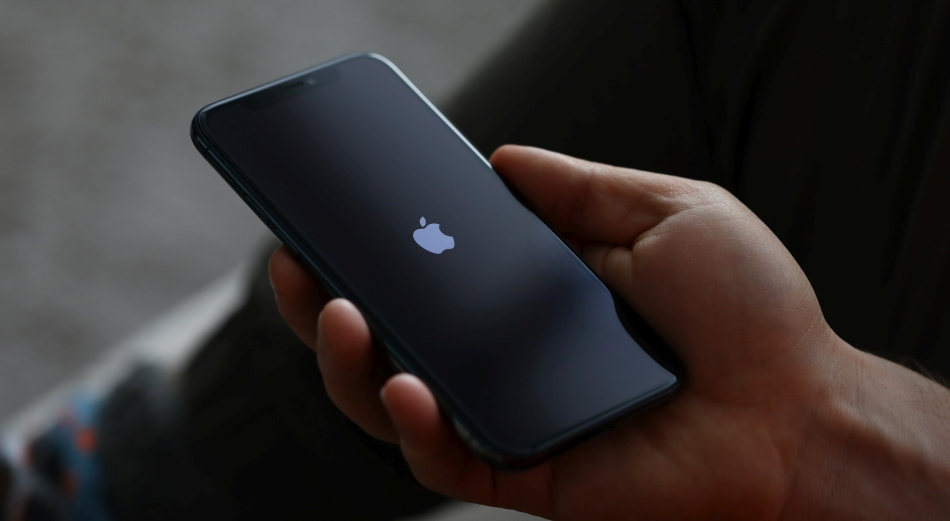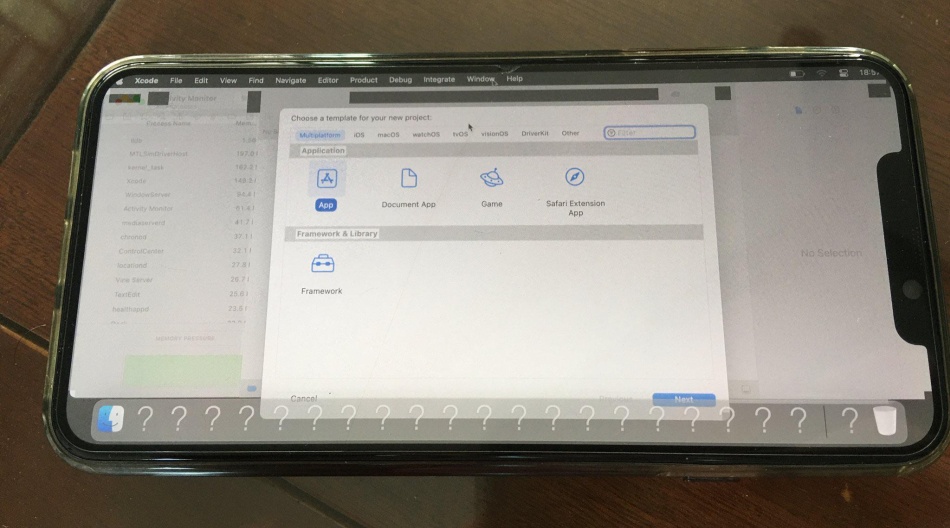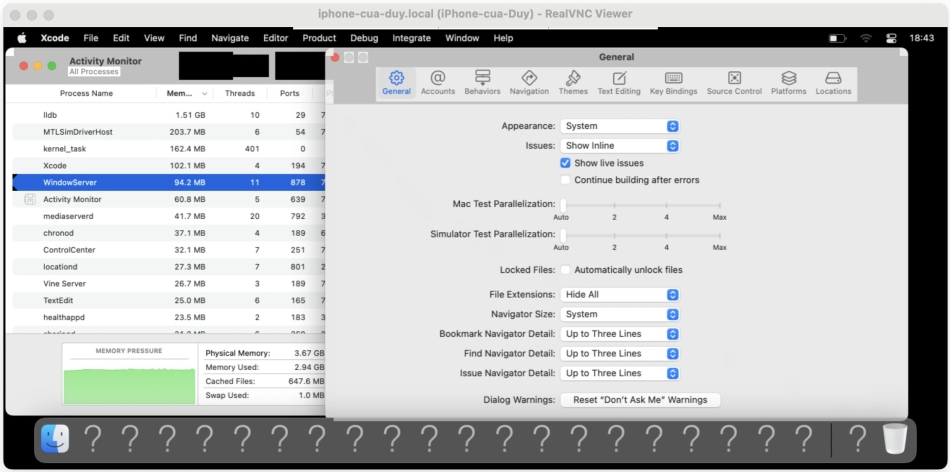
Security researcher and jailbreak developer Duy Tran has managed to get macOS 13.4 partially running on a jailbroken iPhone XS Max running iOS 16.5, showcasing apps like Xcode and Activity Monitor on Apple’s mobile hardware.
The proof-of-concept, which relies on a mix of native macOS components and simulator-based GPU acceleration, demonstrates that Apple’s desktop operating system can run within iOS’s kernel environment.
Tran, known in the jailbreak community for technical deep dives into iOS internals, first posted the achievement on 𝕏, later elaborating in a detailed Reddit post. The experiment began after earlier work by fellow researcher Zhuowei, who had explored running macOS executables on iOS devices when Apple Silicon Macs first shipped. Tran’s goal was to get macOS’s WindowServer, the core graphical process, running with hardware acceleration.

After unsuccessfully attempting to make Apple’s M1 GPU driver work (which repeatedly crashed the device), Tran switched strategies. Instead of running macOS directly with native GPU support, he used the iOS simulator’s Metal implementation to stream graphics via XPC. Within two days, this approach allowed him to boot a heavily patched macOS environment, control it via VNC for keyboard and mouse input, and run multiple macOS daemons, including Control Center and the Dock.

The iPhone XS Max, released in 2018, uses an A12 Bionic chip and lacks a public bootROM exploit, meaning Tran did not replace iOS entirely. Instead, macOS processes run in user space on top of the iOS kernel, a technique that avoids modifying the secure boot chain. His GitHub repository, MacWSBootingGuide, contains early-stage patches and setup instructions, but it’s intended for highly technical users only. The code requires specific components from an iOS simulator runtime, such as MTLSimDriver.framework, and extensive manual patching of system binaries like dyld, launchservicesd, and WindowServer.
Tran notes that the current method is limited by the simulator’s Metal capabilities, causing graphical glitches and reduced performance. He believes the approach would work best on M-series iPads, which have native GPU drivers. For now, the proof-of-concept is far from a plug-and-play solution, though he suggested that a “one-click” tool could be possible if others in the jailbreak community contribute.
While Apple is highly unlikely to support macOS on iOS hardware, the project underscores how jailbreaking enables experimentation well beyond cosmetic tweaks. For iPad users, particularly developers, a stable macOS port could one day bring desktop-class development tools directly to their devices, without virtualization or a separate Mac.
This project requires deep system access via jailbreaking, which carries significant security risks. Jailbroken devices lose many of iOS’s built-in protections, making them vulnerable to malware, data theft, and remote exploitation. Users should avoid attempting such modifications on devices that hold sensitive data or are used for everyday tasks. We suggest that you experiment only on older hardware, avoiding important data from personal accounts.







Leave a Reply